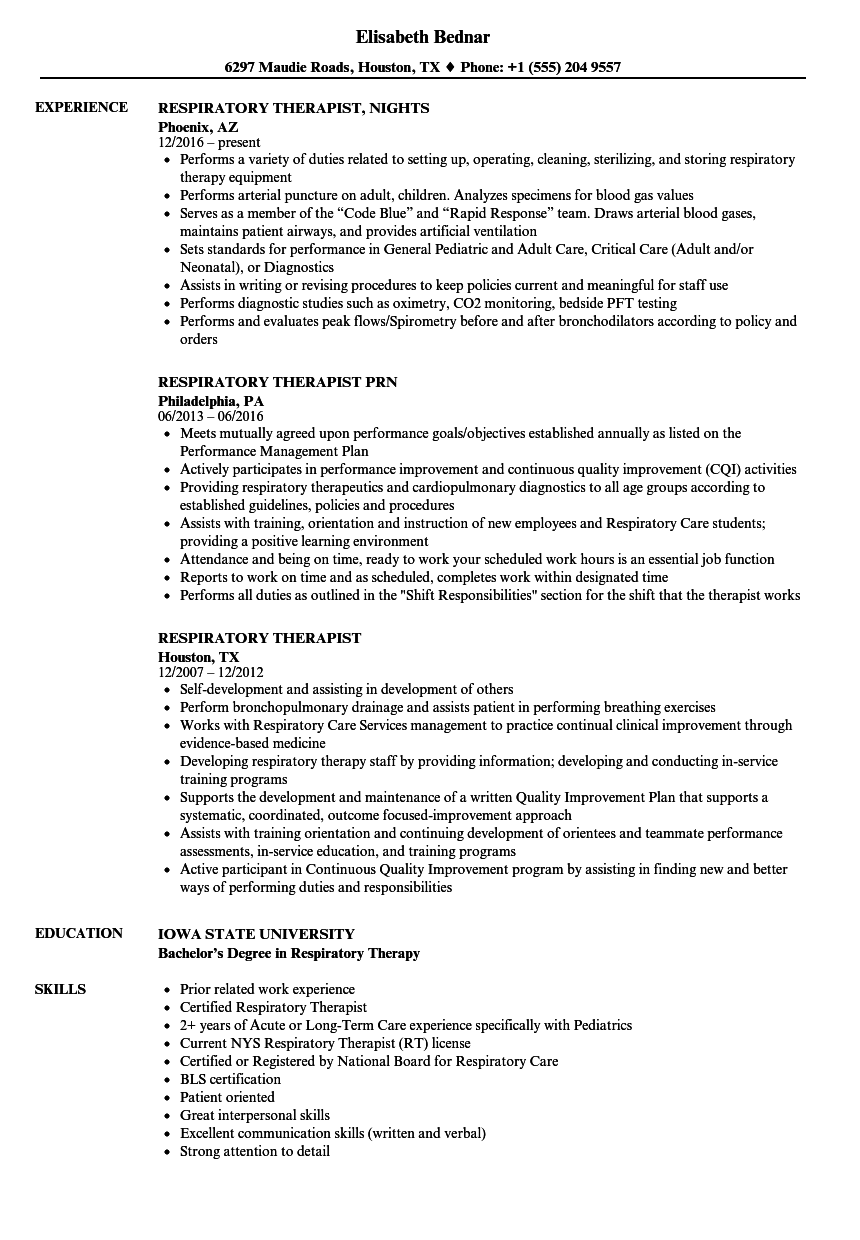

This exchange of gases occurs rapidly (fractions of a second). The concentration of carbon dioxide is high in the pulmonary capillary, so carbon dioxide leaves the blood and passes across the alveolar membrane into the air sac. Carbon dioxide is also released from sodium bicarbonate dissolved in the blood of the pulmonary capillary. You have 1 hour and 45 minutes to complete the exam. This exam is not adaptive, but will deliver the exact same percentages of questions per category as the real NREMT exam. It will also deliver questions one at a time just as the NREMT exam does. Question 1 Airway, Respiration, and Ventilation Practice Test for the EMT Test What differences in a child’s airway might make airway management more difficult than in an adult a smaller jaw and a proportionally larger tongue There are no anatomic differences that affect airway management in children versus adults. It includes questions related to all scopes of practice from EMT Basic to. On exam, you hear bilateral expiratory wheezing. Its use for emergency airway management has been post ulated early on (9-1 1). A conscious and alert 29-year-old female with a history of asthma complains of difficulty breathing that began after her morning jog.

The oxygen binds to hemoglobin and the carbon dioxide is released. This simulation will be timed based on your level of testing. EMT - Chapter 16 - Respiratory Emergencies. At the beginning of the pulmonary capillary, the hemoglobin in the red blood cells has carbon dioxide bound to it and very little oxygen. Within each air sac, the oxygen concentration is high, so oxygen passes or diffuses across the alveolar membrane into the pulmonary capillary. Emergency Medical Technicians explains how paramedics and EMTs are challenging the respiratory therapy profession and how State Societies can get involved.


 0 kommentar(er)
0 kommentar(er)
